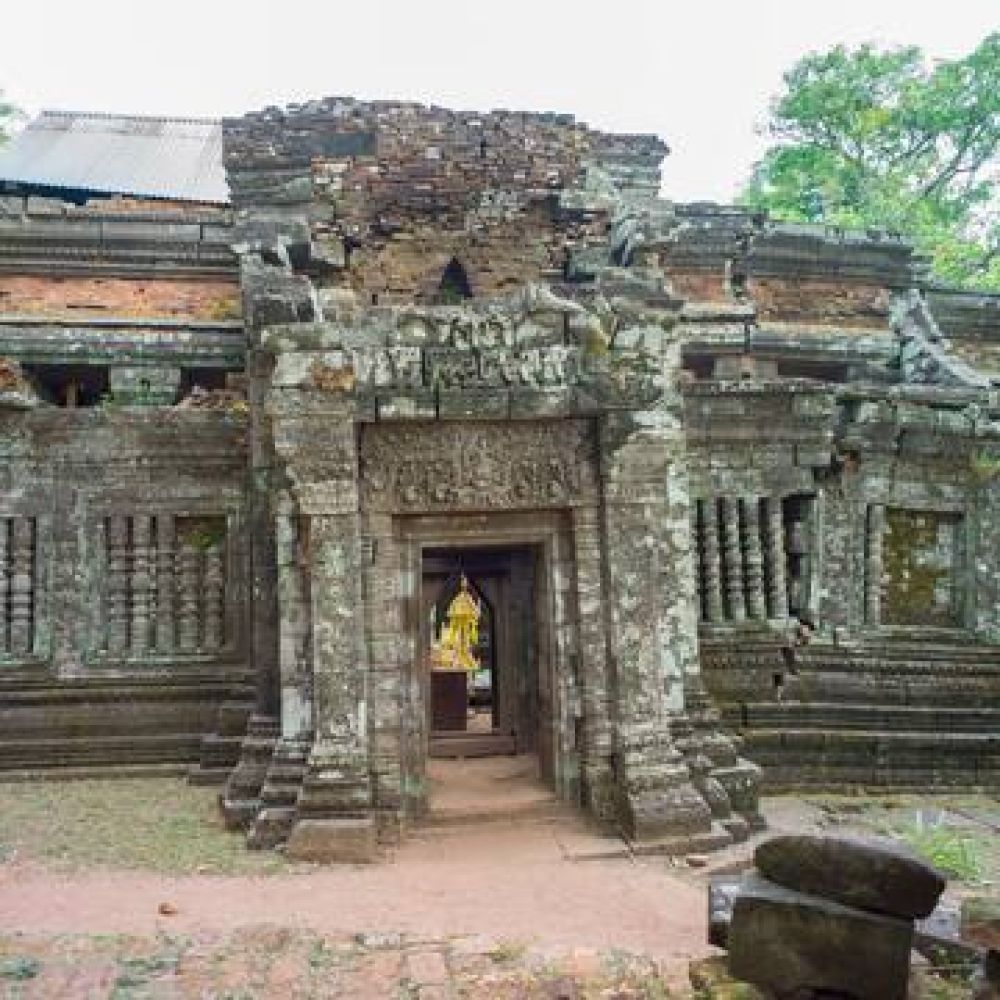

The Champasak Cultural Landscape, encompassing the majestic Wat Phou (Vat Phou) temple complex, is a remarkable region in Champasak, Southern Laos. This area is rich in history and has been recognized as a UNESCO World Heritage Site since 2001 due to its outstanding examples of the fusion of architectural, religious, and environmental landscape values.
The history of the Champasak Cultural Landscape is intrinsically tied to the Khmer Empire, with the temple complex of Wat Phou serving as the most striking relic of that era. The temple predates the famous Angkor Wat and was constructed in the 10th-11th centuries, though the site was considered sacred long before that time. The temple was dedicated to the Hindu deity Shiva, and over centuries, it became a center of Theravada Buddhist worship, which it remains today.
Tourism in Champasak has grown gradually following Laos' opening up to international visitors in the 1990s. The inscription of the Wat Phou complex as a World Heritage Site significantly boosted its visibility as a cultural destination. Visitors are drawn to the ancient ruins as well as the surrounding area, which includes traditional villages and stunning natural landscapes, such as the Mekong River and the Bolaven Plateau.
Recent trends in tourism in the Champasak Cultural Landscape have been shaped by a global interest in sustainable and culturally immersive travel experiences. Tourists are increasingly seeking out destinations that offer not just historical sights, but also engagement with local communities and nature. In response to this trend, Champasak has seen a rise in community-based tourism initiatives, eco-friendly accommodations, and local tours that emphasize responsible travel practices.
Moreover, there has been a surge in interest for wellness tourism, with visitors looking to partake in traditional Lao therapeutic practices like herbal saunas and massages. These wellness experiences often incorporate the tranquility of the Champasak environment as part of the therapeutic process.
Looking to the future, the tourism sector in Champasak aims to continue balancing the preservation of its unique cultural and natural heritage with the economic development that thoughtful tourism can provide. There is an ongoing effort to ensure that growth in this industry remains sustainable, respects local cultures, and contributes positively to the lives of the people in Champasak.
In line with these efforts, the local government and international bodies are involved in the conservation and management of the Wat Phou temple complex. Educational programs, heritage festivals, and improved tourist facilities are some of the strategies being implemented to foster a more enriching experience for visitors and a beneficial outcome for the locals.
With its awe-inspiring history and forward-thinking approach to tourism, the Champasak Cultural Landscape is well-positioned to continue welcoming visitors from around the globe seeking to connect with the rich tapestry of Lao heritage and nature.